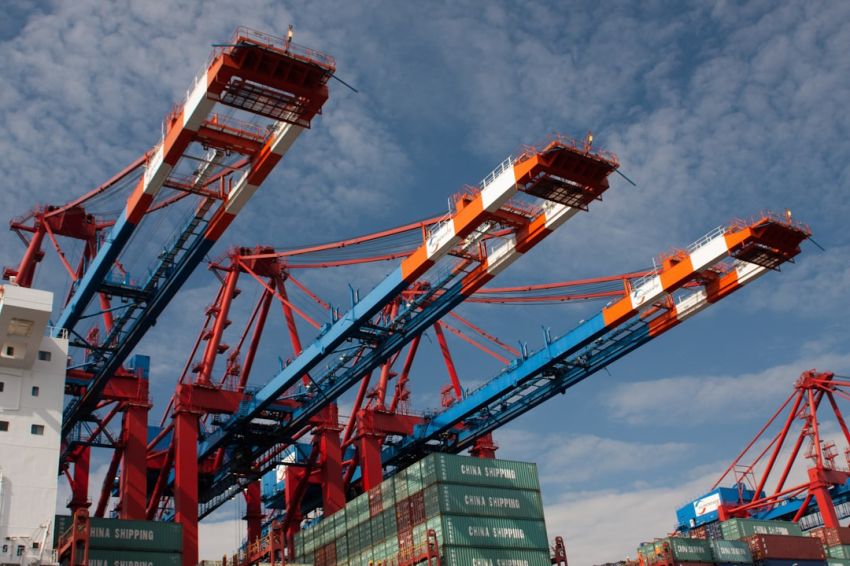In today’s interconnected global economy, the role of export and import plays a pivotal role in shaping the economic landscape of countries around the world. Export and import activities are fundamental components of international trade, providing opportunities for nations to leverage their comparative advantages, increase market access, and drive economic growth. Understanding the significance of export and import in economies is essential for policymakers, businesses, and consumers alike to comprehend the dynamics of international trade and its impact on national prosperity.
Facilitating Economic Growth
Export and import activities are key drivers of economic growth in both developed and developing economies. By engaging in international trade, countries can tap into new markets, increase their production capacities, and boost overall output. Exporting goods and services allows nations to capitalize on their strengths and competitive advantages, such as abundant natural resources, advanced technology, or skilled labor. On the other hand, importing products that are not domestically available or are more cost-effective from foreign markets enables countries to meet the demands of their consumers and support various industries.
Creating Jobs and Income
The exchange of goods and services through export and import channels creates employment opportunities and contributes to income generation within economies. Export-oriented industries often require a skilled workforce to meet international quality standards and compete in global markets. As these industries expand, they create jobs not only within the production sector but also in related support industries such as transportation, logistics, and finance. Similarly, importing goods can stimulate domestic demand, leading to increased economic activity and job creation in sectors that rely on imported inputs or finished products.
Diversifying Markets
One of the key benefits of engaging in export and import activities is the ability to diversify markets and reduce dependency on a single source of revenue. Relying solely on domestic consumption can limit growth opportunities for businesses and expose economies to fluctuations in local demand. By tapping into international markets through exports, businesses can mitigate risks associated with domestic market conditions and access a broader customer base. Importing goods from different countries also helps diversify the sources of supply, reducing dependence on a single supplier and enhancing resilience to disruptions in the global supply chain.
Enhancing Competitiveness
Participating in export and import activities encourages businesses to innovate, improve product quality, and enhance efficiency to remain competitive in the global marketplace. Export-oriented industries are often subject to international standards and competition, driving companies to invest in research and development, adopt new technologies, and streamline their production processes. Importing goods exposes domestic industries to foreign competition, prompting them to upgrade their capabilities, reduce costs, and optimize their operations to stay competitive. This continuous drive for improvement ultimately benefits consumers through better products, lower prices, and increased choice in the market.
Fostering Economic Integration
Export and import activities play a crucial role in fostering economic integration and promoting cooperation among nations. Trade agreements, regional economic blocs, and international organizations facilitate the flow of goods and services across borders, creating opportunities for countries to collaborate, share resources, and achieve mutual benefits. By promoting trade liberalization and removing barriers to commerce, countries can strengthen their economic ties, enhance market access, and foster a more interconnected global economy.
In conclusion, the role of export and import in economies is multifaceted and essential for driving economic growth, creating jobs, diversifying markets, enhancing competitiveness, and fostering economic integration. As countries continue to navigate the complexities of international trade, understanding the dynamics of export and import activities is crucial for maximizing the benefits of global commerce and sustaining long-term prosperity.










